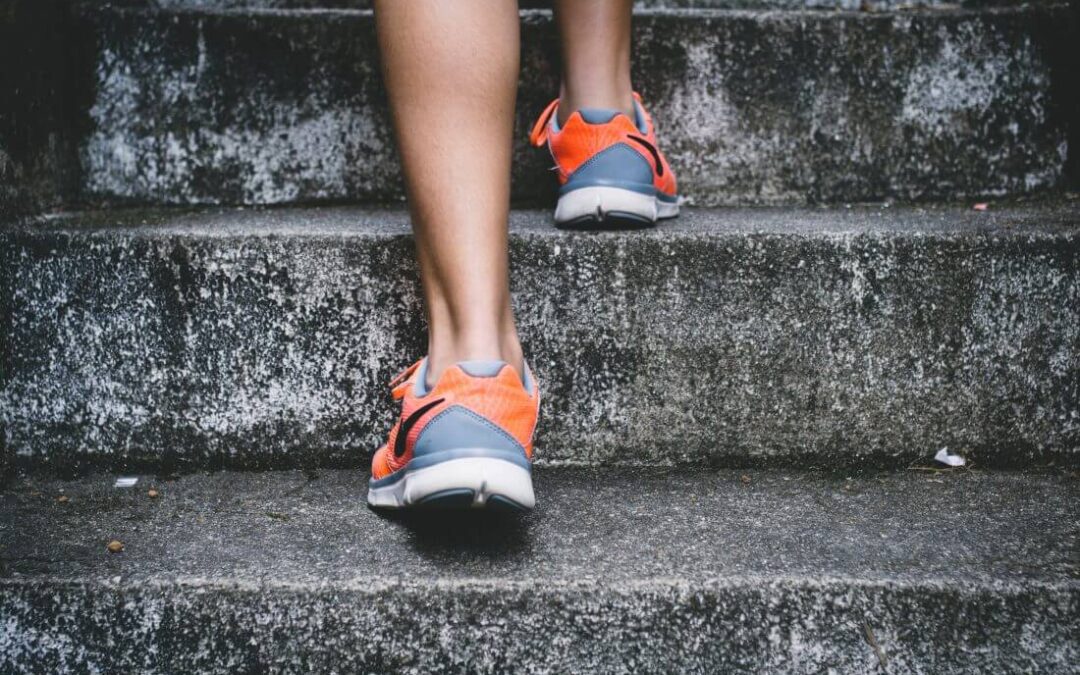Whether you are a weekend warrior or an elite-level athlete, chances are, you’ve experienced pain and inflammation resulting from a sports-related activity. According to recent data from the U.S. Department of Health and Human Services, an estimated 8.6 million sports injuries occur each year. And, about one-third of all sports injuries occur in a sports facility, athletic field, or playground.
The prevalence of sports-related injury is why the Drs. Buck chiropractors emphasize pre-rehabilitation (treatment and exercise focused on prevention) and post-injury rehabilitation. Once a muscle has been strained or a bone has been broken, the recovery process can be tedious and long. Fortunately, the combination of chiropractic and rehabilitative exercises often accelerates the healing process. The use of different therapeutic techniques represents a valid and effective addition to more traditional treatment methods, including the use of drugs.
When you choose to work with our providers, expect to transition through the 5 stages of sports rehabilitation, which follow:
Stage 1: Reduce Swelling and Pain
First thing is first: pain symptoms must be addressed in the injured area and aimed to be reduced. The chiropractor will use either exercise, physical therapy, or manual therapy (or a combination) to support this stage of the process. During this phase, rest, relative movement and the application of ice are essential.
Stage 2: Restoration of Joint Mobility and Range of Motion
The goal for the second stage is to restore the full range of motion to a joint, or to restore a specific movement with as little sensation of pain as possible. During the phase, the provider may use various techniques, including joint mobilization, tissue stretching, and therapeutic exercise. Dr. Ben Buck and Dr. Kyle Buck will also prescribe at-home exercises specifically targeted to the afflicted area to help expedite the recovery process.

Stage 3: Recovery of Muscle Strength and Endurance
In the third phase, special attention will be given to restore muscle strength and help rebuild endurance. The physician will gradually build up muscle strength through coaching of load progression to avoid any potential overloading issues. This stage focuses heavily on endurance and aerobic capacity.
Stage 4: Recovery of Coordination
This phase emphasizes the recovery of coordination. Each lesion in the musco-skeletal frame results in alterations to the body’s proprioceptive (awareness of self in space) mechanisms. In this stage, it is essential to work with a knowledgeable and experienced physician, like Dr. Kyle Buck or Dr. Ben Buck, as the framework for this phase is largely based on the skill of the rehabilitator. The rehabilitator should be able to adapt the training to the individual through a thorough movement evaluation, and cueing of movements for the patient to follow.
Stage 5: Recovery of Sport-Specific Technical Movements
The final phase is the retrieval of complex movements specific to the patient’s sport or activity. This often takes place on the field, court, mat, or track This phase is adjusted from day-to-day by the chiropractor in relation to the individual’s unique responses to training.
What are your thoughts? Please comment below and share this post!
h/t IsoKinetic


